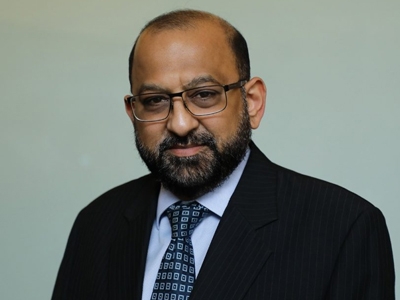Listen to this article
The interest rate environment was globally weak in June 2022 owing to inflation uncertainties and tightness in the money markets. As expected, the US Fed and RBI raised rates in a bid to control inflation. Also, the 10-year government bond yield rose from 7.50% to 7.62% but dipped later towards the end of the month.
This summarises the debt market in June 2022. But, what about July 2022? What can we expect?
Here is what the industry experts believe.
What to expect
Dhawal Dalal, CIO-Fixed Income, Edelweiss MF
- US Bond market expects FOMC (Federal Open Market Committee) to raise Fed rates by additional 75 bps in July 2022. This should pave the way for MPC (Monetary Policy Committee) to raise repo rate by 50 bps in August 2022
- Assuming a repo rate of around 6% and crude oil prices of above $100 per barrel, the benchmark 10-year g-sec will probably trade between 7.45-7.60%
- In case crude oil prices fall below $100 per barrel, the 10-year g-sec yields could fall below 7.25%
Gurvinder Singh Wasan, Senior Fund Manager - Debt, JM Financial AMC
- We expect RBI to increase the rates further to combat inflation and normalise system liquidity
- Interest rates may move side-ways in the immediate future and then gradually move up
Lakshmi Iyer, Chief Investment Officer (Debt) & Head Products, Kotak Mahindra MF

- Crude oil prices and the direction of US treasury yields are likely to shape the near term outlook for bond markets
- 10-year g-sec benchmark may trade between 7.25-7.50% and short end of the curve could realign as repo rates inch up further
- Demand supply scenario and fiscal situation will determine the direction of yields in medium to long term
Sandeep Bagla, CEO, Trust MF

- Inflation data will be the key for immediate movements in bond markets
- As observed 10-year g-sec tends to trade at 250 bps higher than expected inflation. Inflation is expected to be around 6%, a year from now. By this metric, 10-year g-sec yield could probably rise to 8-8.50% over the next few months
- If repo rate hikes are as per the expected timeline, it should not adversely impact the short end
What to recommend
Dhawal Dalal, CIO-Fixed Income, Edelweiss MF
- Depending on investment horizon, investors can opt for target maturity bond ETFs or bond index funds maturing in the 5-10 year segment
Gurvinder Singh Wasan, Senior Fund Manager - Debt, JM Financial AMC
- Overnight funds, liquid funds and low duration funds for investors with near term liquidity requirements
- Dynamic bond funds for an investment horizon of 3 years and above
Lakshmi Iyer, Chief Investment Officer (Debt) & Head Products, Kotak Mahindra MF
- Target maturity funds, floater funds and dynamic bond funds are better suited for the current interest rate scenario
Sandeep Bagla, CEO, Trust MF
- Money market funds, short term funds, banking & PSU funds or funds with roll down structure within 2 years
- Limit allocation to duration funds to 10%. It is advisable to stay away from such funds when inflation is expected to rise on a structural basis





